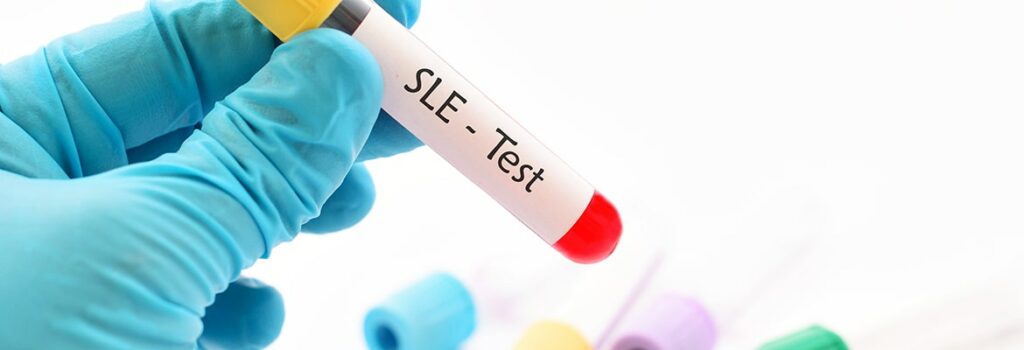Glycosylation of anti-dsDNA autoantibodies linked to SLE disease activity
By Claire Barnard, medwireNews Reporter
Among patients with systemic lupus erythematosus (SLE), glycosylation patterns of anti-double-stranded (ds)DNA immunoglobulin (Ig)G autoantibodies differ from those of total IgG and correlate with disease activity, suggests research published in eBioMedicine.
Discussing the background to their study, Junna Ye (Shanghai Jiao Tong University School of Medicine, China) and colleagues say that previous research has shown “that autoantibody modifications [play] a pivotal role in different autoimmune diseases such as SLE.” They note that “glycosylation is one of the most [common] post-translational modifications of antibodies”, but the relationship between anti-dsDNA antibody glycosylation and SLE disease activity remains to be determined.
For the study, the team analysed serum samples from 86 treatment-naïve SLE patients positive for anti-dsDNA antibodies. These people were aged a median of 32 years with a median disease duration of 3 months, and 88% were women.
Cluster analysis of different types of glycosylation – namely bisection, fucosylation, galactosylation and sialylation – demonstrated different patterns of glycosylation in purified anti-dsDNA IgG and total IgG subclasses. For instance, levels of galactosylation were low in anti-dsDNA IgG2 antibodies but high in total IgG1 antibodies, while levels of fucosylation were high in anti-dsDNA IgG3/4 antibodies but low in total IgG3/4 antibodies.
The researchers then examined the association between autoantibody glycosylation and SLE disease activity, finding that higher levels of fucosylation, galactosylation and sialylation of anti-dsDNA IgG1 antibodies were all significantly associated with higher systemic lupus erythematosus disease activity index (SLEDAI) scores.
On the other hand, glycosylation patterns of other antibodies, such as anti-dsDNA IgG2, anti-dsDNA IgG3/4, total IgG1, total IgG2 and total IgG3/4, were not significantly associated with SLEDAI score.
Machine-learning analysis demonstrated that all glycoforms of anti-dsDNA IgG1 antibodies performed better than total IgG1 antibodies for predicting SLEDAI score. Anti-dsDNA IgG1 fucosylation had the lowest standardised square error, indicating the best correlation with SLE disease activity.
Therefore, anti-dsDNA IgG1 fucosylation may “contribute to pathogenesis of SLE”, and could represent “a novel way to assess disease activity”, write Ye and colleagues.
They say that their findings require validation in a larger cohort, and recommend that future studies should “measure the fluctuation of glycosylation as the disease progresses.”
News stories are provided by medwireNews, which is an independent medical news service provided by Springer Healthcare Ltd. © 2022 Springer Healthcare Ltd, part of the Springer Nature Group
EBioMedicine 2022; 77: 103883

